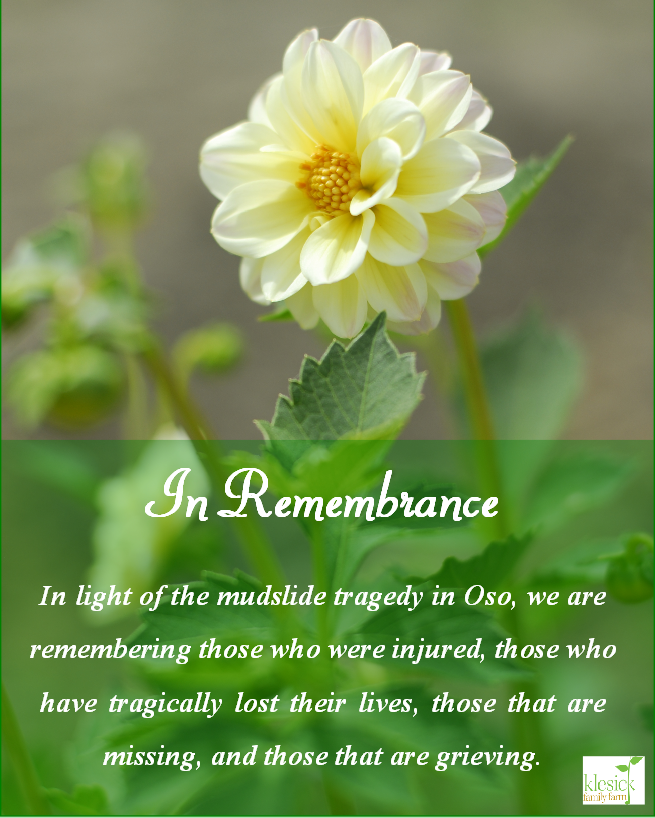The berry season started early this year. I shudder to even mention the weather, but we could use a drink for a lot of our crops, but it would be a disaster for hay farmers and berry farmers now. But it is what it is and if we get rain, great, and if we don’t we will drag out the drip tape and get to watering.
I have already dragged out the drip tape for the strawberries to keep the moisture sufficient to keep those berries growing. We plant a variety called Albion. It is a day-neutral variety, which means that it is not affected by the increasing day length like many of its June-bearing cousins. The advantage of day-neutral varieties is that they produce all season, well into October. The disadvantages are that the fruit set or production and they do not have that classic NW flavor. So we end up picking a little all season instead of a bunch in June.
The June bearing varieties produce copious amounts of strawberries in June and have that classic NW flavor, but are extremely delicate to handle. The disadvantage here is that if it is a rainy June, mold becomes an issue and you can lose a year’s worth of work pretty quick!
While I love the Albion berry for a lot of reasons, I find myself missing the bigger harvest of June bearing berries. So I decided last week to order 3000 plants of Puget Crimson. It is a newer variety developed by WSU for northwest growers. In addition to the Puget Crimson, I am also ordering Black Diamond Blackberry plants to trial them on our farm. We will start with 200 feet and go from there. The Black Diamond is also a newer variety that seems to do well in our climate and to top it off it is “thornless”!
May your health be vibrant and days be merry!
Local Organic Berries & More!
Blueberry Flats…. Full $38, Half $22
Raspberry Flats…. Full $38, Half $22
Strawberry Flats. Full $36, Half $20
Pickling Cucumbers……. 5 lbs. $7.50
Bulk Basil……………………… 1 lb. $7.50
Green Beans……………….. 20 lbs. $40
Garlic & Dill will also be available – notify us to request some with your pickling cuke or other bulk order!
To place your order, please call our office (360-652-4663) and we will add your name to our reservation list. Once the items are ripe and ready, we will contact you and schedule a delivery. Orders are on a first-come, first-served basis.


